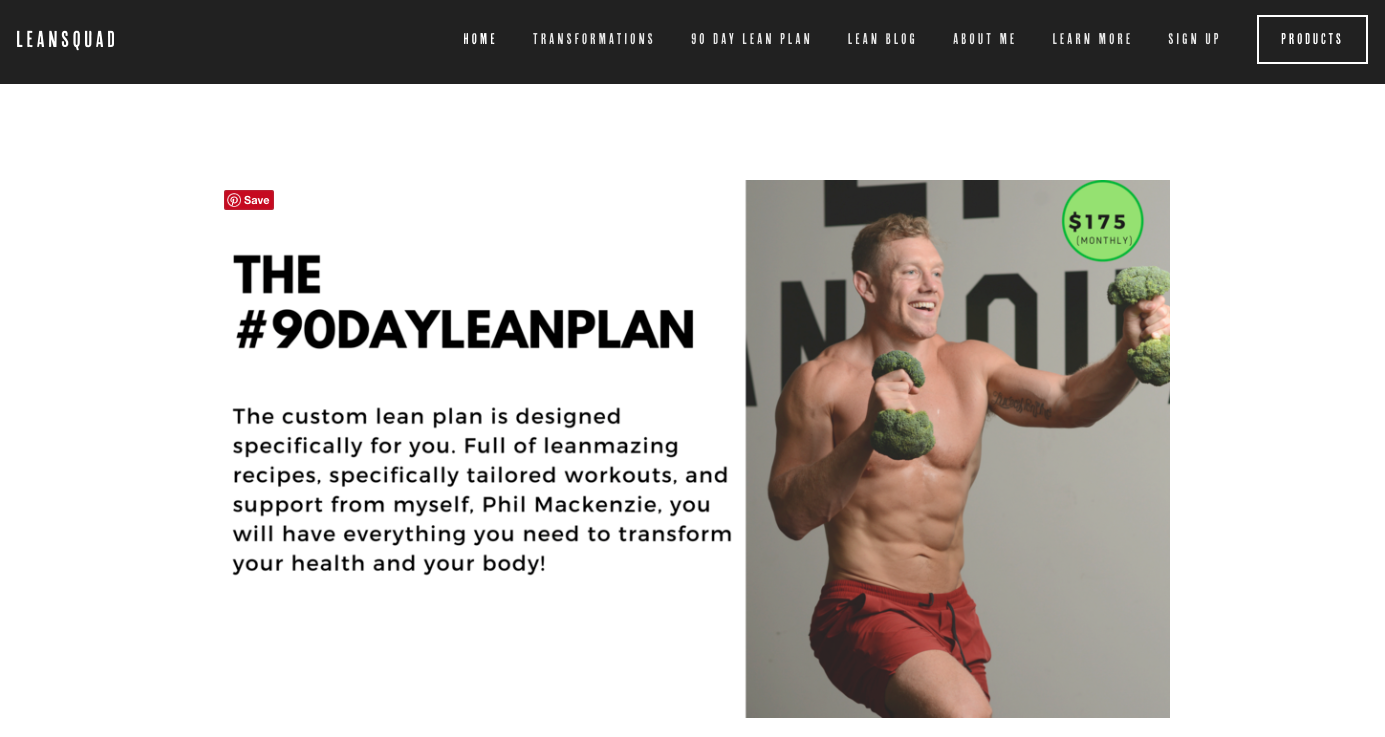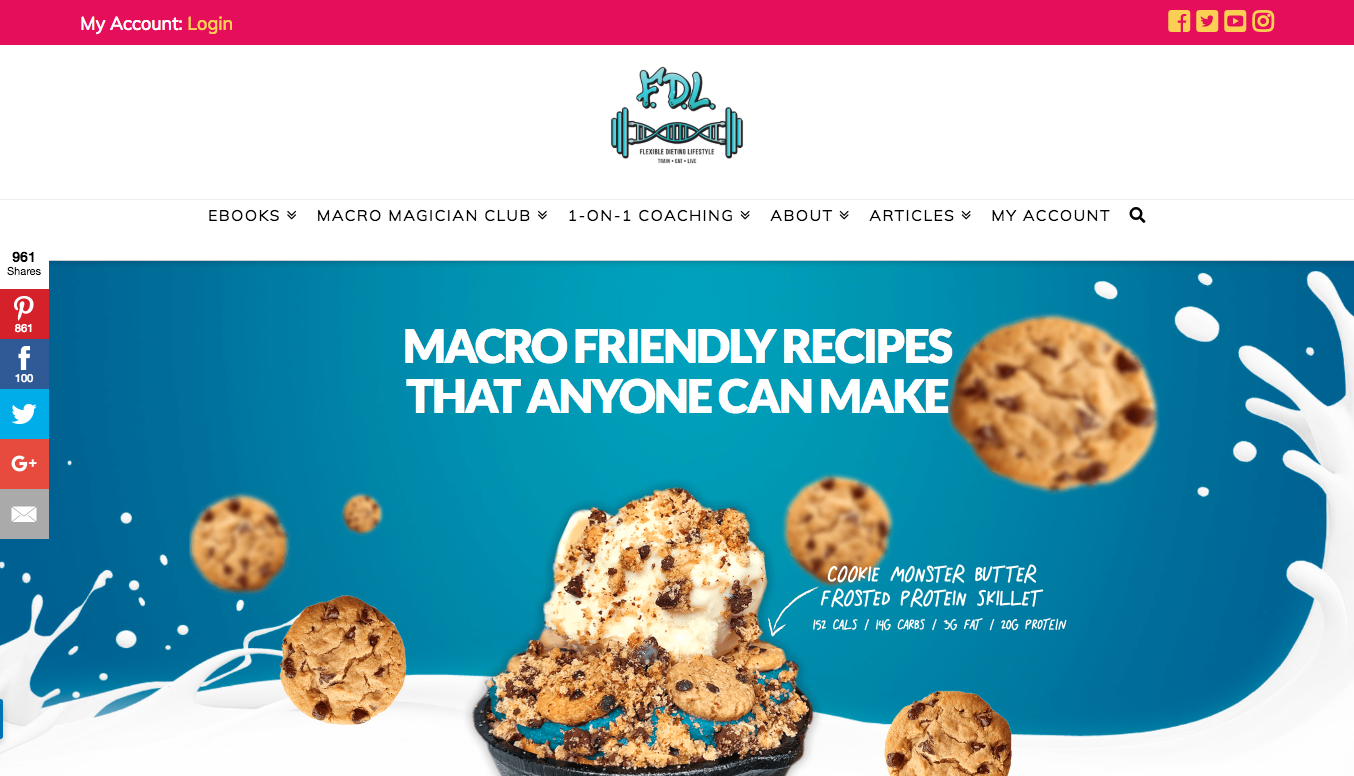
5 secrets to standing out when you’re worried your idea has already been done
If you’ve spent any time thinking about starting a business, you’ve run into at least a few people who’re talking about the same topic.
I know, because I’ve been there. You watch the YouTube video or listen to the podcast episode, and you hear a voice in your head saying: Well, if they’re already doing it, that means I shouldn’t even bother.
Here’s the thing I want you to know: That voice is lying to you. Check out this list of real online businesses. There are entrepreneurs building businesses in some of the most crowded industries there are — from music to marketing to coding. Not one of them let “somebody else got there first” stand in their way.
No matter how crowded your potential industry is, no matter how “done” you think a topic may be, there is room for you and your idea. The trick is figuring out where that room is — and how your idea fits in.
What most people get wrong about competition
We live in a culture that’s obsessed with being first — especially when it comes to business. But like a lot of our gut assumptions, it turns out that the all-powerful first-mover advantage doesn’t hold up to closer scrutiny.
In fact, one study found that the “pioneer” brands that were first in their market were six times more likely to fail than businesses that came along later.
You can probably think of a few examples yourself: When was the last time you checked your Myspace profile, or chatted with your friends on AOL Instant Messenger? They were so-called “first movers” — but that didn’t stop other social media and instant messaging apps from moving in and doing what they did better.
When you’re first, you have to figure everything out for yourself. Meanwhile, the people who come after you get to pick up your good ideas — and avoid your bad ones.

Another way competition can work for you: it proves that people actually want and are willing to pay for the thing you want to build. That’s something the “first mover” businesses can spend years and thousands of dollars trying to figure out. When there’s already competition in your area, it means somebody else has figured it out for you for free.
That’s not to say that we should all be happy churning out copycat versions of our competitor’s products. So the question becomes: How do you create a business that’s so uniquely yours, it doesn’t matter if you have competitors — because competitors are irrelevant?
Let’s look at five strategies:
- Zig where others zag
- Look for ways to make it yours
- Niche down
- Turn your “disadvantage” into your advantage
- Remember who you’re really here for
5 strategies for standing out from the competition
1. Zig where others zag
When our founder, Ramit Sethi, started writing about personal finance on our sister site, I Will Teach You To Be Rich, there were thousands of other books on personal finance out there.
But if you take what Ramit was saying and compare it against what the rest of the personal finance world at the time was saying, you start to notice a few differences.
Everyone else:
- Keep a budget!
- Cut back on everything!
- Lattes will bankrupt you!
Ramit:
- Automate your money
- Focus on earning more, instead of spending less
- Spend money on the things that are important to you
What’s going on here? A little thing that we call The Zig/Zag Technique (you can read a whole post about it here).
Ramit may not have been the first person to write about personal finance. But his message was different from most of the other content out there at the time. He zigged where others zagged. And as it turned out, Ramit’s take on the personal finance problem was one that resonated with a lot of people in a way that other personal finance advice didn’t — and Ramit was able to build a huge audience (not to mention a million-dollar brand) because of it.
As you’re exploring your business idea, look for ways that you can zig where others in your industry zag.
A few places to start:
- Think of “conventional wisdom” about your topic that you don’t think is true, and it drives you nuts that people keep repeating it like it’s gospel
- Focus on the super-tiny details that others gloss over that you’ve found to be absolutely essential to getting to where you are now
- Pay attention to how your competitors share their information — how they package it, how they talk about it — and then ask yourself: is there a simpler/faster/deeper/cooler/better way to do this?
Want to build a business that enables you to live YOUR Rich Life? Get my FREE guide on finding your first profitable idea.
2. Look for ways to make it yours
One of my favorite desserts in the entire world is my grandmother’s chocolate chip cookies. No, I didn’t say “chocolate chip cookies.” I said “my grandmother’s chocolate chip cookies.”
Chocolate chip cookies may have the same basic ingredients. But something about the way my grandmother puts those ingredients together made them different from any other cookies out there. Which brings us to our next piece of advice:
Look for ways to make your idea yours.
To show you what I mean, let’s take a look at three different businesses that you could see as “competitors” to one another: LeanSquad, The F*ck It Diet, and the Flexible Dieting Lifestyle. All of these entrepreneurs are working with the same ingredients: nutrition and fitness. But they put those ingredients together in a way that makes each business uniquely theirs.
- LeanSquad’s tone is upbeat and slightly goofy — the first thing you see on the website is a photo of founder Phil Mackenzie using broccoli for hand weights, and his Instagram is peppered with quick-edited videos of him literally throwing chicken and veggies and doing silly voices.

- The F*ck It Diet strikes an irreverent, no-BS tone that keys into the frustration that people feel after years of dieting and deprivation. The headline on founder Caroline Dooner’s “About” page says it all: Dieting. Does. Not. Work.

- Finally, we have Flexible Dieting Lifestyle, which makes its message all about simplicity and accessibility: macro friendly recipes that anyone can make.

Each of these entrepreneurs has a unique take on the topic of nutrition, and a unique way of talking about it, and that’s what draws their audience to them. Their business can’t be boiled down to the industry they’re in or the topics they cover.
Think about your business idea: What are a few ways that you can inject your unique perspective and experience into a topic that others are already talking about? (This is a tough one, because the point is that it’s about the whole package, not any individual part. But the goal here isn’t to completely solve the puzzle of how to make your business stand out, just to brainstorm a few ways that you could.)
A few examples:
- A background you have that other experts on your subject don’t, like being a business negotiation coach who used to be a professional hostage negotiator (yep, he’s real)
- A particular strategy you use to explain challenging concepts, like Ramit’s Briefcase Technique for acing job interviews
- A unique style or spin you bring to your content, like working pop culture references into your YouTube videos
3. Niche down
An old boss of mine (and one of the best salesmen I’ve met) gave me a piece of sales advice that I think about to this day: “People don’t want to know ‘Will this work?’ They want to know ‘Will this work for me?’”
A great way to make sure your business works for your audience better than anything else out there is by “niching down”: narrowing the focus of your business to target a smaller group of customers within the larger market that you’re a part of.
There’s a great example of the power of niching down in a recent episode of our video series, Business Casual. Janice Chaka is a career advice expert, but she isn’t targeting the entire universe of career advice-seekers — she’s focused on a small corner of that universe: career advice-seekers who identify as introverts.
By niching down to focus on the sub-category of job advice-seekers who identify as introverts, two things happen in Janice’s business:
- Her business becomes more focused. From the problems she tackles and the advice she gives to how she writes copy and markets herself, Janice’s business focuses on introverts, and the kind of career advice that’s going to be useful to them.
- The field of competitors becomes much much smaller. Now, Janice isn’t competing against the whole wide world of career advice experts. She’s competing only against people who are also targeting introverts. And that’s a much, much smaller group.
You might be thinking: “Won’t that make my target market so much smaller, too?”
Answer: of course. But in a crowded space, the audience is going to get sliced up into smaller pieces anyway. When you intentionally niche down, you get to stake your claim on the slice that you want.
Take a look at your idea and ask yourself: can I get even more specific about who I’m talking to?
- Instead of “productivity hacks,” could it be, “Productivity tips for people who are getting their master’s degree while working a full-time job”?
- Instead of “self-care,” could it be, “self-care for oncology nurses”?
- Instead of “yoga tips,” could it be, “yoga tips for competitive runners”?
Ready to improve your habits and level up your life? Download our FREE Ultimate Guide To Habits below.
4. Turn your “disadvantage” into your advantage
In a scene from the NBC comedy The Office, Jim Halpert and Dwight Schrute are on a sales visit, trying to convince one of Dunder Mifflin’s clients not to leave in favor of bigger (AKA cheaper) competitor Staples, and Jim asks the question: How important to you is customer service?
The client answers: “Very important.” So Dwight calls the customer service line at Staples — they’re put on hold. Then, Jim calls the Dunder Mifflin customer service line, and customer service rep Kelly Kapoor picks up immediately.
When you’re just starting out, you have something to offer your customers that your bigger, more established competitors don’t: your attention. Your competition may have 100 customers, you may have 10. But while they may be scrambling to ensure every single one of those 100 customers is taken care of, you have the luxury of giving your 10 customers your undivided attention. You have the ability to place every one of your customers in a tractor beam of caring so intense, they can’t help but be drawn to you. You can literally captivate people with kindness.

The relationship you build with your early audiences is an advantage you can carry with you throughout the life of your business. And it starts on day one, with the time you put into getting to know your customers better than anyone else knows them.
Which brings us to our last point…
5. Remember who you’re really here for
I’ve listed this as a fifth strategy, but really, it’s more of a pre-strategy: the foundation that underlies all the other strategies we’ve already talked about.
The best way, hands down, to stand out from the competition? Forget the competition and focus on someone else instead: your customers.
90% of the businesses out there are reactive. They’re building in response to what has already been done. Aspiring entrepreneurs take a product that’s having some level of success, they change it just enough that they can say that it’s different, and then they put it out there.
The crucial step they forget: figuring out whether this incremental change they made has anything to do with what their audience actually wants.
This is why, at GrowthLab we believe in the importance of deeply understanding the language of your market. When you learn to talk the way your customers talk, think the way your customers think, and see the world the way your customers see it, two things happen:
- You’re already ahead of 90% of businesses out there who don’t go that extra mile of deeply understanding their customers.
- You don’t have to guess whether you should zig where others zag, or niche down, or what ingredients you should bake into your unique cookie — your audience will tell you.
—
It’s normal to feel intimidated at the idea of stepping into a crowded space. But your customers don’t care if you were first, fourth, or 40th in the market. All they care about is that they like you, they trust you, and they know that when they listen to you, they get results. There are only two people in that equation who matter: your customers and you.
Here’s an exercise to help you start thinking of ways to shape your idea into a business that only you can build:
Spend some time looking at what one of your “competitors” is doing, and take notes (actual notes — like, in a Google doc): What do you think works? What do you think doesn’t work? Where do they zig, and where can you zag?
Trust your instincts. You’re heading into this because you have taste, and ideas about what good work looks like in your area. Taking stock of the competition will give you a chance to flex those muscles and start thinking about the unique spin you can bring to your topic that no one else can.
Want to build a business that enables you to live YOUR Rich Life? Get my FREE guide on finding your first profitable idea.
Written by Ramit Sethi
Host of Netflix’s “How To Get Rich” NYT Bestselling Author, & Host of the I Will Teach You To Be Rich Podcast. I’ll show you how to take control of your money with my proven strategies so you can live your RICH LIFE.



